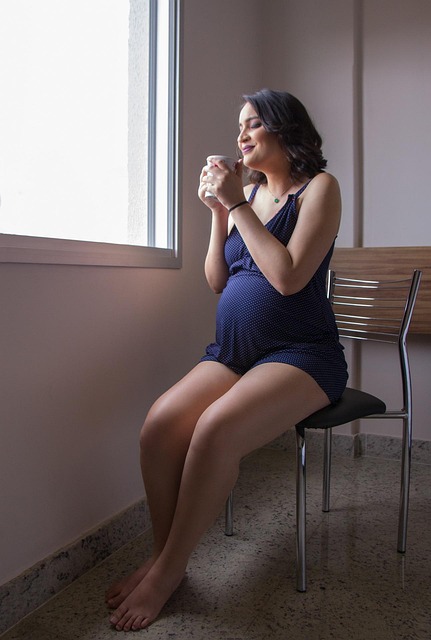In today’s world saturated with information, distinguishing between fact and fiction has become increasingly challenging. This phenomenon is particularly evident in classrooms, where educators are grappling with the negative impact of misinformation on students. As trusted figures like politicians, celebrities, and even some teachers begin to question established scientific truths, the task of imparting factual knowledge becomes even more daunting.
A recent article on NPR highlights the difficulties faced by science teachers as they endeavor to instill a sense of reality in their students amidst a backdrop of conspiracy theories propagated by influential figures, such as athletes. One striking example is a well-known basketball player who has publicly endorsed the flat-earth theory, an idea that many believed had long been dismissed. As misinformation resurfaces in educational settings, teachers find themselves in a constant battle for their students’ trust.
For instance, Lucas Thompson, a ninth-grade science teacher, shared his frustrations with NPR, explaining how he is frequently bombarded with questions from students who have stumbled upon dubious online claims. Similarly, middle school educator Sarah Martinez mentioned that her students often place more faith in the opinions of athletes than in scientific evidence. “They think I’m part of a conspiracy for teaching that the Earth is round,” she laments, “It’s disheartening to see them doubt real science based on celebrity opinions.”
Further complicating matters, a study from Penn State revealed that even a significant portion of science teachers themselves are not fully convinced of the human impact on climate change. The findings indicated that only about half of American adults recognize human activity as a contributing factor to climate change, suggesting that many educators may lack a robust understanding of climate science. To witness this firsthand, one need only scroll through social media, where misinformation flourishes.
The prevalence of fake news—particularly from unreliable websites and biased sources—poses a genuine threat. False narratives can shape perceptions, provoke violence, and sway electoral outcomes. Children, while adept at navigating technology, often lack the critical thinking skills required to differentiate credible information from misleading content. With the sheer volume of data they ingest daily, the ability to discern fact from fiction is more crucial than ever.
As parents and educators, we rely on teachers to combat this tide of misinformation. However, when public figures use their platforms to disseminate inaccurate information, it becomes increasingly difficult for educators to establish credibility. For further insights on related subjects, consider exploring resources on home insemination, such as those found in our post about the BabyMaker at Home Insemination Kit, or check out this excellent guide on pregnancy and treatment options from WebMD for a broader understanding of these critical topics.
In summary, the challenge of teaching students to recognize truth in an age riddled with misinformation requires not just dedication from educators, but also a collective effort from society to reinforce the value of scientific understanding.
